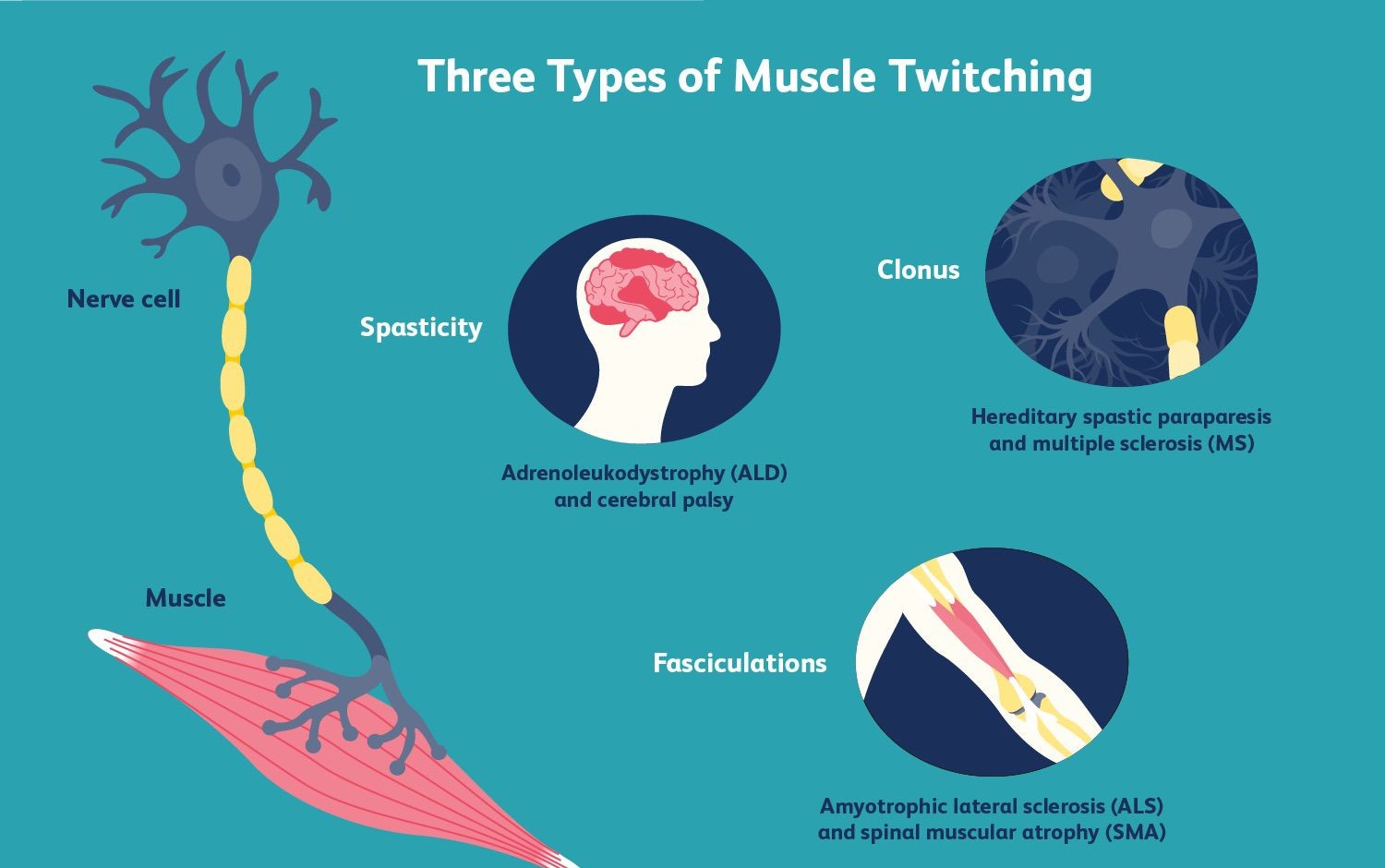A nurse is providing care for an elderly patient who is experiencing constipation.
What action should the nurse take?
Request a prescription for a stool softener from the provider.
Incorporate more fluids and fiber into the patient’s diet.
Encourage the patient to engage in active range-of-motion exercises.
Advise the patient to avoid foods that cause gas.
None
None
The Correct Answer is B
Choice A rationale:
Requesting a prescription for a stool softener from the provider could be a potential solution, but it’s not the first step. Medications should be considered when lifestyle modifications and dietary changes are not effective.
Choice B rationale:
Incorporating more fluids and fiber into the patient’s diet is the most appropriate action. Constipation in older adults can be caused by dehydration and not eating enough. Dietary fiber adds bulk to the diet and is capable of absorbing water, which helps to soften the stool and promote regular bowel movements. Therefore, increasing fluid and fiber intake is often the first step in managing constipation.
Choice C rationale:
Encouraging the patient to engage in active range-of-motion exercises might not directly alleviate constipation. While physical activity is generally beneficial for overall health, increased exercise does not improve symptoms of constipation in nursing home residents or older adults.
Choice D rationale:
Advising the patient to avoid foods that cause gas might help if the patient has bloating or gas, but it won’t necessarily address the issue of constipation. The focus should be on increasing fiber and fluid intake.
Nursing Test Bank
Naxlex Comprehensive Predictor Exams
Related Questions
Correct Answer is A
Explanation
Choice A rationale:
Muscle twitching is a symptom of oxygen toxicity. Oxygen toxicity is a condition resulting from the harmful effects of breathing molecular oxygen (O2) at increased partial pressures. Severe cases can result in cell damage and death, with effects most often seen in the central nervous system, lungs, and eyes. Central nervous system symptoms can include muscle twitching.

Choice B rationale:
Redness of the face is not typically associated with oxygen toxicity. Oxygen toxicity primarily affects the central nervous system, lungs, and eyes. It does not typically cause redness of the face.
Choice C rationale:
Swelling around the eyes is not a common symptom of oxygen toxicity. The primary effects of oxygen toxicity are seen in the central nervous system, lungs, and eyes. However, this does not typically manifest as swelling around the eyes.
Choice D rationale:
A metallic taste in the mouth is not a known symptom of oxygen toxicity. Oxygen toxicity is a condition that results from the harmful effects of breathing molecular oxygen (O2) at increased partial pressures. It primarily affects the central nervous system, lungs, and eyes, but a metallic taste in the mouth is not a recognized symptom.
Correct Answer is C
Explanation
Choice A rationale:
The statement “I do my wheelchair exercises sitting in my chair” is correct. Wheelchair exercises are designed to be performed while seated in a wheelchair. They help to maintain muscle strength and flexibility, which is crucial for individuals with paralysis.
Choice B rationale:
The statement “I use a suppository every night to have a bowel movement” is also correct. Individuals with paralysis often have difficulty with bowel movements due to lack of muscle control. Using a suppository can stimulate the rectum and induce a bowel movement. Choice C rationale:
The statement “I need to catheterize myself twice a day” indicates a need for further teaching. Individuals with paralysis from the waist down following a spinal cord injury typically need to perform intermittent self-catheterization every 4-6 hours, not just twice a day. This helps to prevent urinary tract infections and bladder overdistension.
Choice D rationale:
The statement “I carry a water bottle with me because I drink a lot of water” is correct. Drinking plenty of water is important for overall health and can help to prevent urinary tract infections, which are common in individuals who self-catheterize.
Whether you are a student looking to ace your exams or a practicing nurse seeking to enhance your expertise , our nursing education contents will empower you with the confidence and competence to make a difference in the lives of patients and become a respected leader in the healthcare field.
Visit Naxlex, invest in your future and unlock endless possibilities with our unparalleled nursing education contents today
Report Wrong Answer on the Current Question
Do you disagree with the answer? If yes, what is your expected answer? Explain.
Kindly be descriptive with the issue you are facing.
